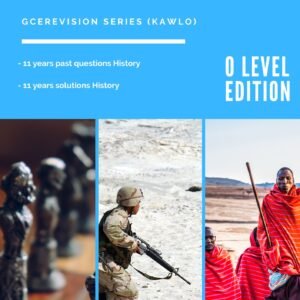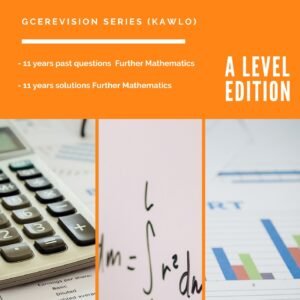competence based assessment in teaching
competence based assessment in teaching
CBA . Procedure to enter into a CBA lesson when already in class, chalkboard partitioned, subject title and date written:
- test previous knowledge;
- last question on previous knowledge should help you announce your lesson for the day;
- write the lesson title on the chalkboard;
- present a situation in real life and ask for actions to solve the problem;
- frame a justification (relevance) of the lesson to the learners;
- announce your learning objectives;
- begin your lesson. Try as much as possible to vary your teaching/learning methods in the different didactic sequences of your lesson.
Note that point 4 & 5 have been separated in this posting to facilitate understanding. The two constitutes what we call justification.
 % passed. “Excellent”.
% passed. “Excellent”.














Sonne Robert
June 21, 2025
Giving real life situations in mathematics is quite difficult sometimes with some topics